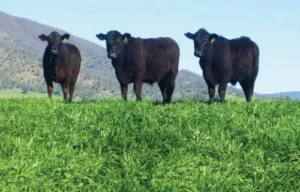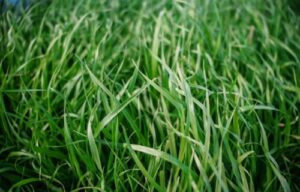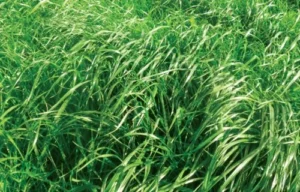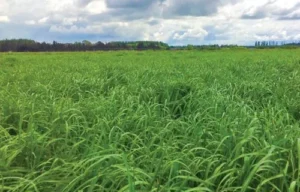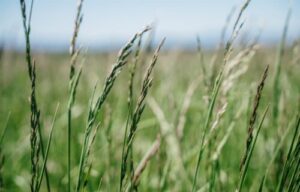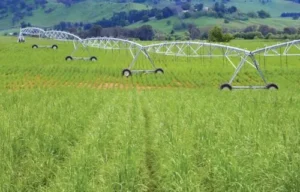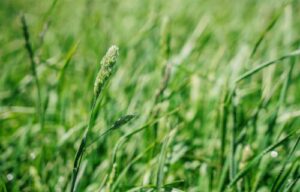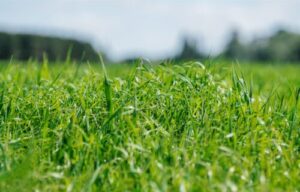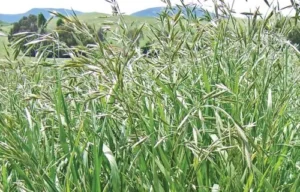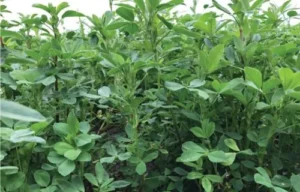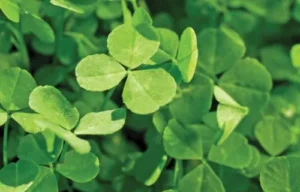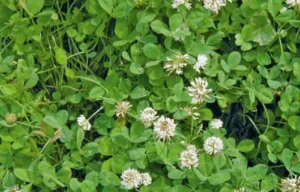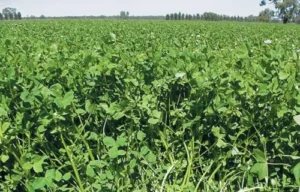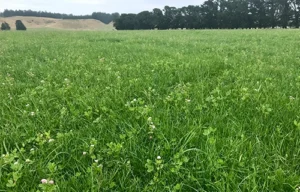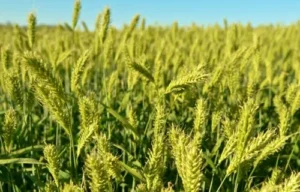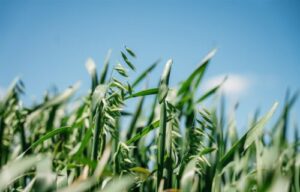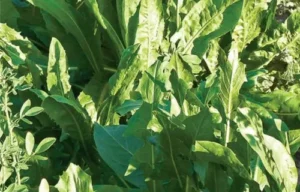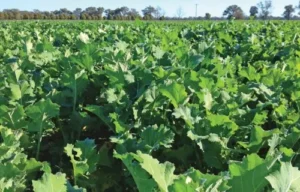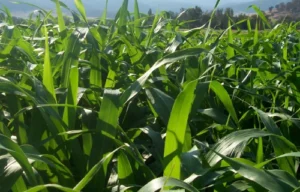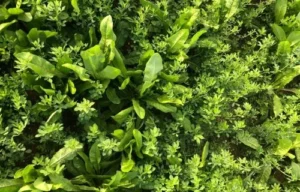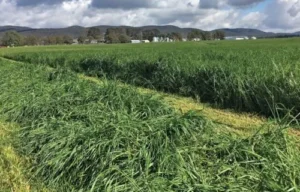Estancia
Summer Active Fescue
Estancia Tall Fescue produces tons of palatable, nutritious, high-quality forage that leads to healthier, heavier and improved weight gains in livestock. It is powered by ArkShield® Smart Endophyte technology that protects Estancia plants from disease, insects, heat and drought stress, producing a more persistent perennial pasture without negatively affecting animal performance.


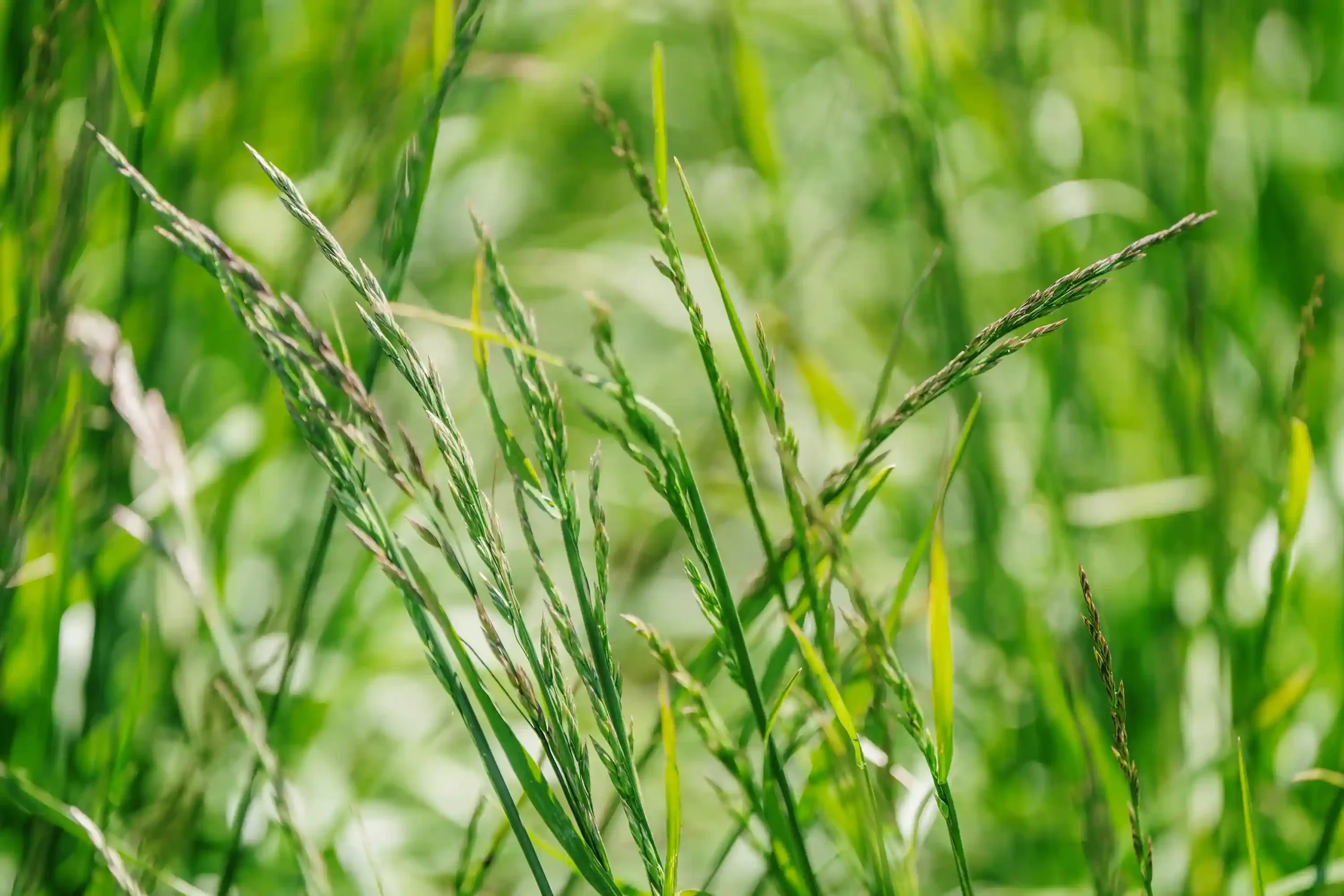
Scientific Name

Festuca arundinacea
Sowing Rate

15 – 25 kg/ha
Blend Rate

4 – 10 kg/ha
Novell Endophyte

ArkShield®
Seed Size

404,000 seeds per kg
Source: Pasture varieties used in
NSW 2006-2007, Bev Zurbo, 2006
Activity

Summer-active mid-maturing
Temperate types exhibit spring/summer activity with some slow growth in winter, they do not frost off as easily as cocksfoot and phalaris.
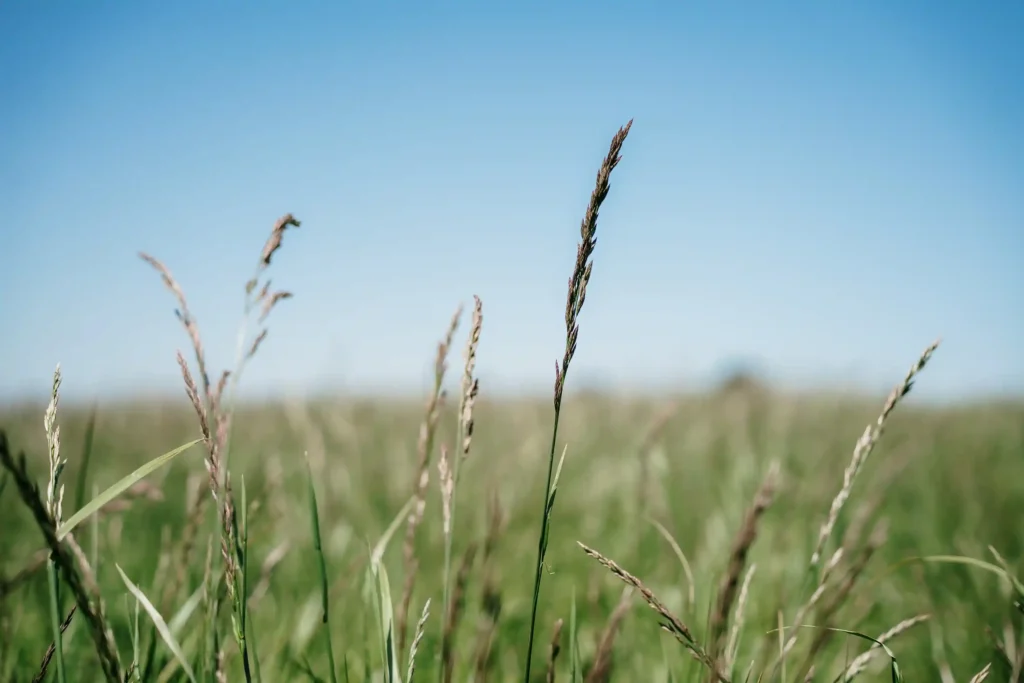
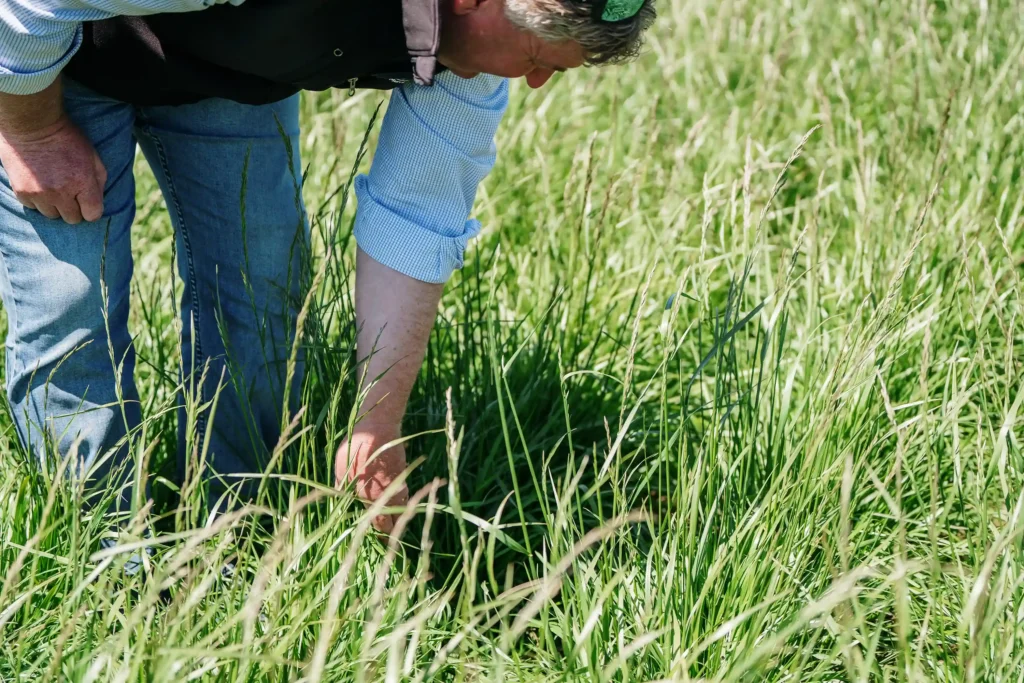
Key Features
Protected with ArkShield® Smart Endophyte technology
A productive and persistent perennial forage grass
Exceptionally high yielding
High tolerance to disease, pests and drought
Fescue variety with excellent seedling vigour
Plant Characteristics
Temperate type
Deep-rooted true perennial variety
Where can I grow it?
Suited to high rainfall zones
Better heat tolerance than perennial ryegrass
Ideal for heavy soils
Frequently Asked Questions
Soil Type
Estancia is suited to a wide range of soil types but grows best on deep, heavy to medium textured soils.
Fertility
Good base rates of phosphorus are necessary for maximum DM production especially during establishment phase. DM production is directly related to nitrogen availability. Consult your UMS agronomist or fertiliser advisor for nitrogen application rates.
Sowing
Tall fescue should be sown at approximately 15-25kg/ha on its own or 4-10kg/ha in a perennial blend. Higher sowing rates increases early pasture production and lower’s weed competition. Sow into a weed-free seed bed at roughly 1-1.5cm depth. Rolling the seedbed after sowing will aid establishment. Fescues are best sown in autumn because growth will be slow at soil temperatures below 12˚C.
Avoid sowing fescue with ryegrass, as fescue has poor seedling vigour compared to ryegrass, as ryegrass is very competitive early, and has the potential to crowd out the fescue seedlings. Fescue is commonly sown with phalaris or cocksfoot, including the addition of clovers and herb’s.
Weed Control
Fescue is a slow establishing species so early weed control is crucial to long-term viability of the stand. Always use knockdown herbicide to ensure you are sowing into a clean seedbed. Monitor for post-emergent weeds and spray as required. Use options such as spray-grazing for broadleaf weeds once the stand is established.
Grazing
Estancia fescue can be lightly grazed when plants resist pulling and the root system is well developed; this is typically in late winter or early spring. Once established, Estancia should be rotationally grazed to ensure the plant does not exceed 10- 12cm, which will maximise tillering and encourage active leaf growth.
Feed Quality
Estancia will provide nutritious and palatable feed throughout spring and summer.
Animal Health
To optimise livestock weight gain and health, ensure livestock are vaccinated and drenched. To prevent nutritional problems, make gradual diet changes when introducing hungry stock to lush pastures. Estancia is not recommended for horses, as there is no horse grazing safety trial data available.
What is ArkShield Smart Endophyte Technology?
ArkShield® is a patented smart endophytic fungus that lives inside Estancia seed in a mutually beneficial relationship protecting the grass from disease, insects and environmental stresses like heat and drought. It is natural and desirable in forage grasses and does not have negative effects on grass growth or livestock feeding on it. The ArkShield® endophyte produces a loline compound, which along with peramine, provides increased protection against Black Beetle, Pasture Mealy Bug, Argentine Stem Weevil and Root Aphid. This increased stress tolerance means more thick, lush, productive and profitable forage, that will benefit your farming operation for years to come.


